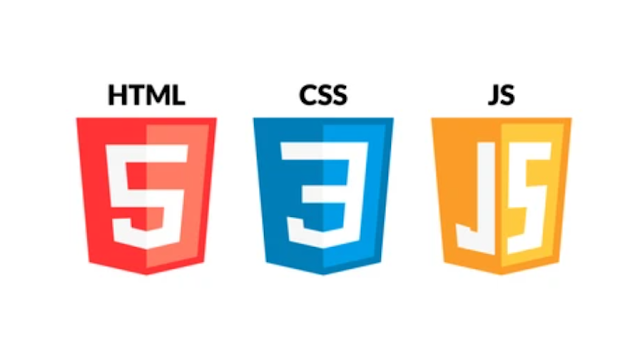Mastering HTML and CSS: Foundations of Web Development
In the vast world of web development, having a strong foundation in HTML (Hypertext Markup Language) and CSS (Cascading Style Sheets) is essential. HTML forms the structure of web pages, while CSS adds visual styling and design elements. Mastering these core languages is crucial for creating well-structured, visually appealing, and responsive websites. This article explores the importance of HTML and CSS in web development and provides guidance on mastering these fundamental languages.
Understanding HTML:
HTML is the backbone of every web page. It defines the structure and content of a webpage using tags that enclose different elements. By using tags such as headings, paragraphs, lists, images, links, and forms, HTML creates the structure that browsers interpret to display web content. Mastering HTML involves understanding the various tags, attributes, and elements and their proper usage to create well-structured and semantically meaningful web pages.
Building Blocks of CSS:
CSS is responsible for the visual presentation and styling of web pages. It allows developers to control the colors, fonts, layouts, and overall design aspects of a website. CSS works in conjunction with HTML, applying styles to HTML elements to create a visually appealing user experience. Understanding CSS selectors, properties, and values enables developers to customize the appearance of web pages to meet specific design requirements.
Responsive Web Design:
In today's mobile-centric era, responsive web design is vital for providing a consistent and optimized user experience across various devices and screen sizes. HTML and CSS play a crucial role in achieving responsive design. HTML's semantic structure combined with CSS media queries allows developers to adapt the layout and styling of a website based on the device's screen size, ensuring it remains visually appealing and functional on desktops, tablets, and mobile devices.
Cross-Browser Compatibility:
Web developers must ensure that their websites function consistently across different web browsers, including Chrome, Firefox, Safari, and Edge. HTML and CSS provide the foundation for cross-browser compatibility. By adhering to web standards and best practices, developers can write clean and valid code that renders correctly across browsers, ensuring a seamless experience for users, regardless of their chosen browser.
Accessibility and Semantic Markup:
Accessibility is a critical aspect of web development, ensuring that websites are inclusive and usable for individuals with disabilities. HTML's semantic structure, when used correctly, enhances accessibility by providing meaningful information to assistive technologies. Developers can utilize semantic HTML elements, alt attributes for images, and proper heading structure to create accessible and well-organized content that is easily navigable by screen readers and other assistive devices.
CSS Frameworks and Preprocessors:
CSS frameworks, such as Bootstrap and Foundation, provide pre-designed CSS styles and components that streamline the web development process. These frameworks offer a collection of reusable CSS classes and layout grids, simplifying the creation of responsive and visually consistent websites. Additionally, CSS preprocessors like Sass and Less enhance CSS by introducing variables, mixins, and nesting, making CSS code more efficient, maintainable, and scalable.
Continuous Learning and Documentation:
HTML and CSS are constantly evolving, with new features and best practices emerging. Staying updated with the latest HTML and CSS standards, browser compatibility updates, and responsive design techniques is crucial. Engage in continuous learning by following reputable resources, blogs, and online communities. Utilize official documentation, such as the W3C (World Wide Web Consortium) specifications, to deepen your understanding and ensure adherence to web standards.
Conclusion:
Mastering HTML and CSS is a vital step in becoming a proficient web developer. HTML provides the structure and content of web pages, while CSS enhances the visual presentation and styling. By understanding these core languages, developers can create well-structured, visually appealing, and responsive websites. Embrace the fundamentals, stay updated with industry standards, and continue to refine your skills. HTML and CSS serve as the building blocks upon which you can construct remarkable web experiences, and by mastering them, you lay a solid foundation for your journey into web development











